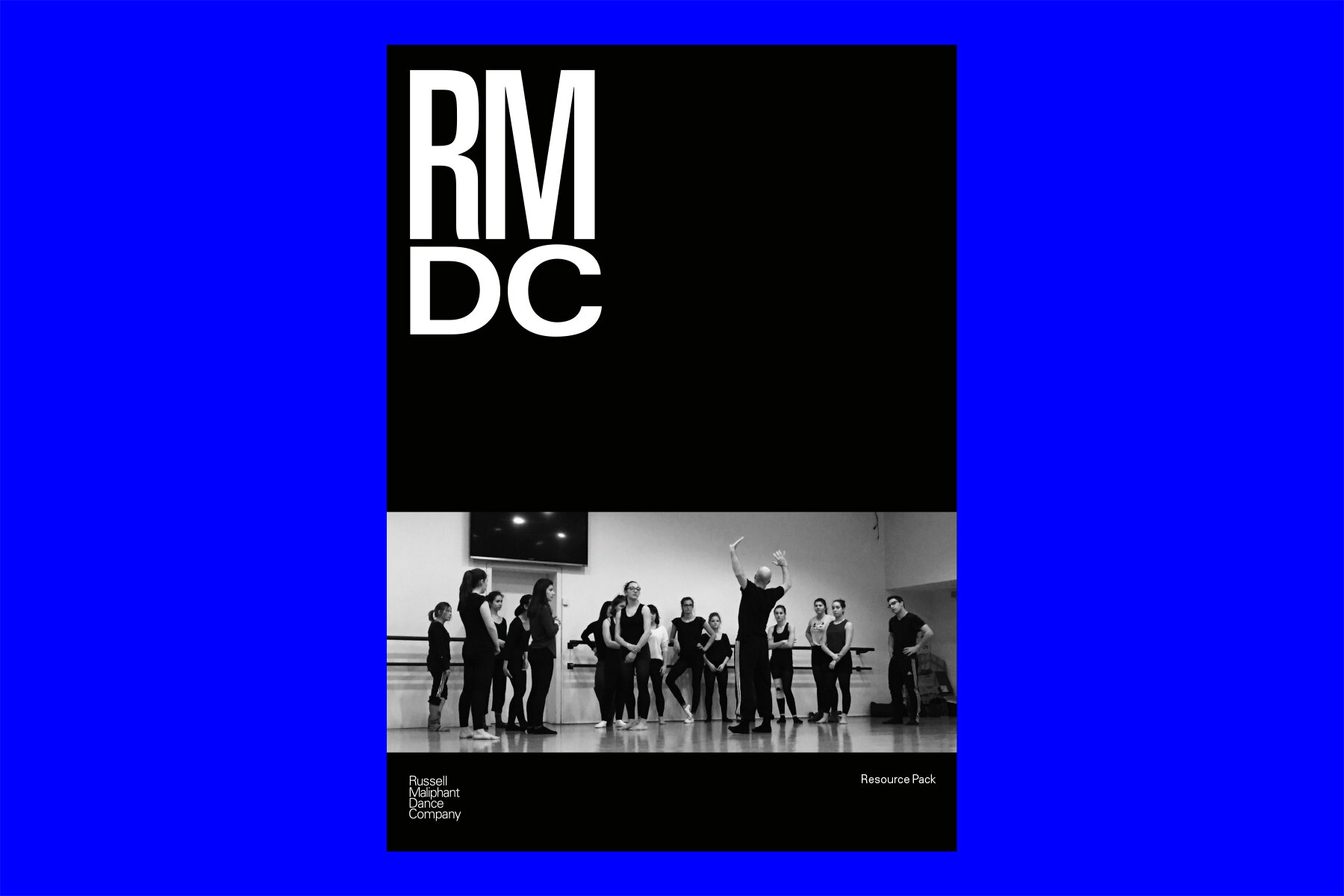TWO
DIGITAL RESOURCES
These film clips are designed to be used with our Two digital resource pack, which contains further information about the choreography and collaborators, as well as a variety of warm-ups and creative learning tasks to encourage considered choreography, inspire creativity and give students at KS3 and above an opportunity to develop performance concepts.
Click here for a link to the pack.
You can find fragments of the teaching clips below, to access the full films please use this link and a password which we will send you after purchasing the resource pack.
The full films may also be used as a standalone resource for those simply wishing to learn sections of repertory.
Students may wish to learn and perform one, two, three or all four phrases. The phrases below connect directly together to create a two-minute extract of choreography; or you can order the phrases as you like with your own transitions.
SECTION A
This sequence originates from the first section of the piece, in which the solo dancer emerges from the darkness downstage right in a small rectangular box. She is moderately lit and begins moving in a gentle but considered way through the confined space with considered use of her arms and spine.
The dancer uses the pulses in the sound score to accent and accompany her movements as well as to highlight the pauses of the brief moments of stillness. This solo uses isolations performed with the arms, rib cage and spine.
Performance Tip: Discuss with a partner which actions uses the spine, such as rotations/twists in the spine, an upright spine and rolling through the spine. Then watch your partner and feedback when they are performing these various actions successfully.
Development: If you are working with a partner rehearse dancing in in a canon and find a place to stand in relation to each other that is visually interesting. For example, facing each other, side by side or one behind the other.
Fragment from full video clip ‘Two, section A’
SECTION B
This sequence also comes from the first section of the piece; now the dancer is beginning to stretch out into the space. The lighting is marginally lighter and the movements of the arms, spine and feet are beginning to reveal themselves to the audience. Within this first section of Two the dancer relates more visibly to the music, initiating movements that are like pulses from within the body.
Performance Tip: When rehearsing ensure that the sharp drops and continuous actions have a clear contrast so that they are different in quality.
Development: Add on four movements that you think the choreographer would have used at the end of the phrase. Where do you think the action is heading, what could be next?
Fragment from full video clip ‘Two, section B’
SECTION C
This sequence comes towards the end of the piece. It gains momentum in places with repeated movements, especially of the arms. The arms catch the light as they circle and are flung out to the side, and as the left arm draws a diagonal line slicing the space. There is also a sense of falling with the elbows dropping down; the arms circle the sagittal plane taking the torso down and releasing forwards.
Performance Tip: Before performing this phrase make sure that you include arm circles and swings actions as well and stretching out in the shoulder girdle in your warmup.
Development: Explore retrograding a short part of this phrase, so you perform it forwards, backwards, then forwards again and continue until the end. Share with a partner as see if you chose a different moment to retrograde.
Fragment from full video clip ‘Two, section C’
SECTION D
This phrase is performed in the third section of the piece where the movements build momentum with increased repetition, and the pace increases alongside the driving rhythm of the score. The dancer is moving around in the square using arm and leg gestures to catch the light and changing orientation throughout the phrase.
Performance Tip: Before performing this phrase make sure that you include tendu and grand battement actions as well and stretching out the hamstrings and hip flexors in your warmup.
Development: This is the one of the most dynamic phrases in the piece and there are moments where you could make the actions even bigger or have more emphasis. Find a moment where you could jump, another where you could gallop and a third where you could drop.
Fragment from full video clip ‘Two, section D’
Sections A, B, C and D together create a 2-minute continuous performance extract. You can also decide to order the phrases however you choose.
TWO X THREE
Two, originally created in 1998 as a solo for Dana Fouras, was restaged in 2003 as a trio variation titled Two Times Three performed by Dana Fouras, Grace Jabbari and Yu-Hsien Wu.
TWO x SEVEN
Opéra National de Lyon
During lockdown we worked with Opéra National de Lyon to develop the production for seven dancers. Working remotley encouraged us to develop new ways of communicating our ideas, with this production we re-designed the lighting and stage using visualisation tools. you can see our working model below, and the final performance.




